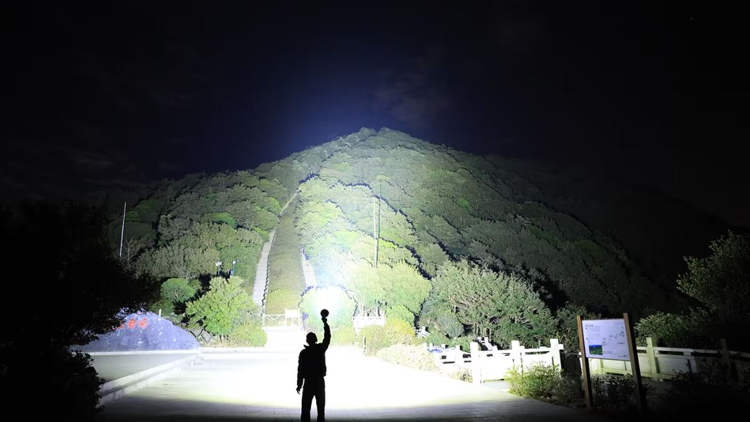Regarded as one of the weirdest museums in the world, the Hair Museum of Avanos, in Cappadocia, is definitely a must-see if you’re into bizarre tourist spots.
Ever since 3000 BC, Avanos has been known for its high quality earthenware, made from the mineral-rich mud of the Red River, but in recent years, the town has mostly been mentioned in relation to a unique hair museum created by skilled Turkish potter Chez Galip. The unusual establishment, located under Galip’s pottery shop, is filled with hair samples from over 16,000 women. The walls, ceiling, and all other surfaces, except the floor, are covered with locks of hair from the different women who have visited this place, and pieces of paper with addresses on them.
The story goes that the museum was started over 30 years ago, when one of Galip’s friends had to leave Avanos, and he was very sad. To leave him something to remember her by, the woman cut a piece of her hair and gave it to the potter. Since then, the women who visited his place and heard the story gave him a piece of their hair and their complete address. Throughout the years, he has amassed an impressive collection of over 16,000 differently colored locks of hair, from women all around the world.




















